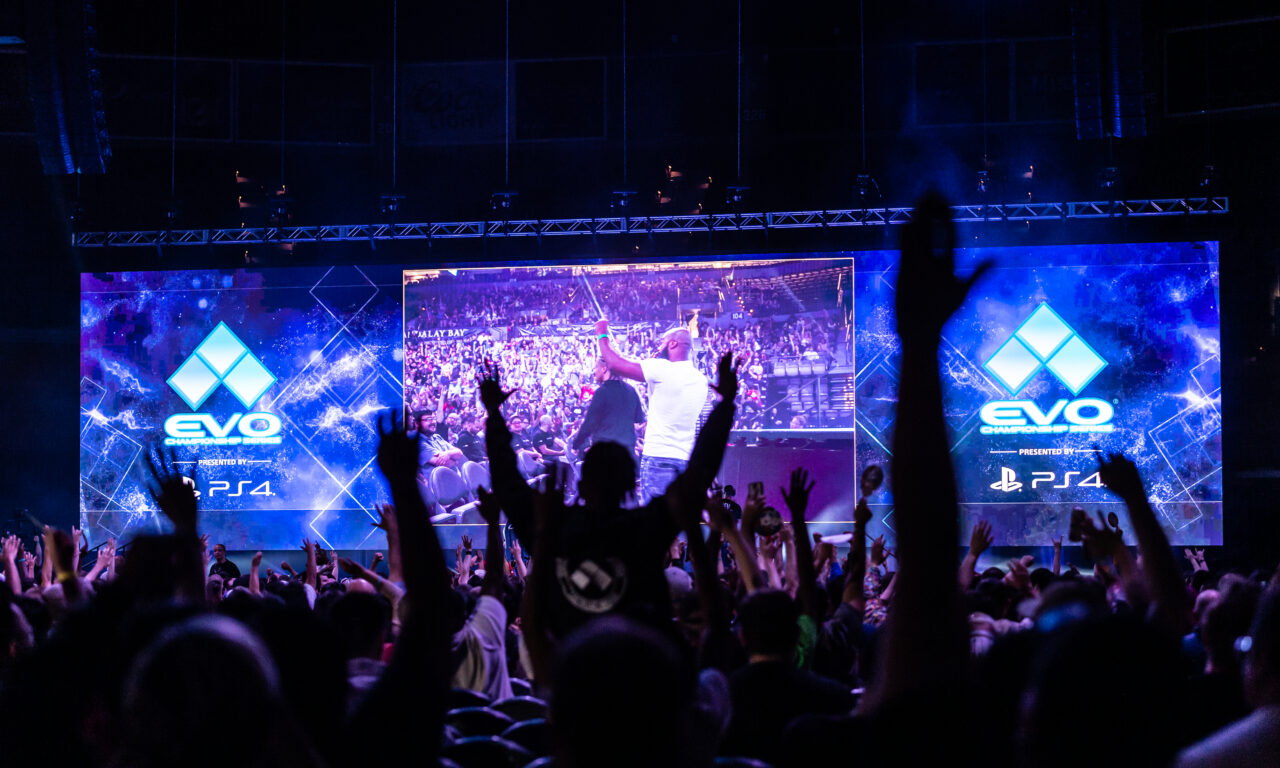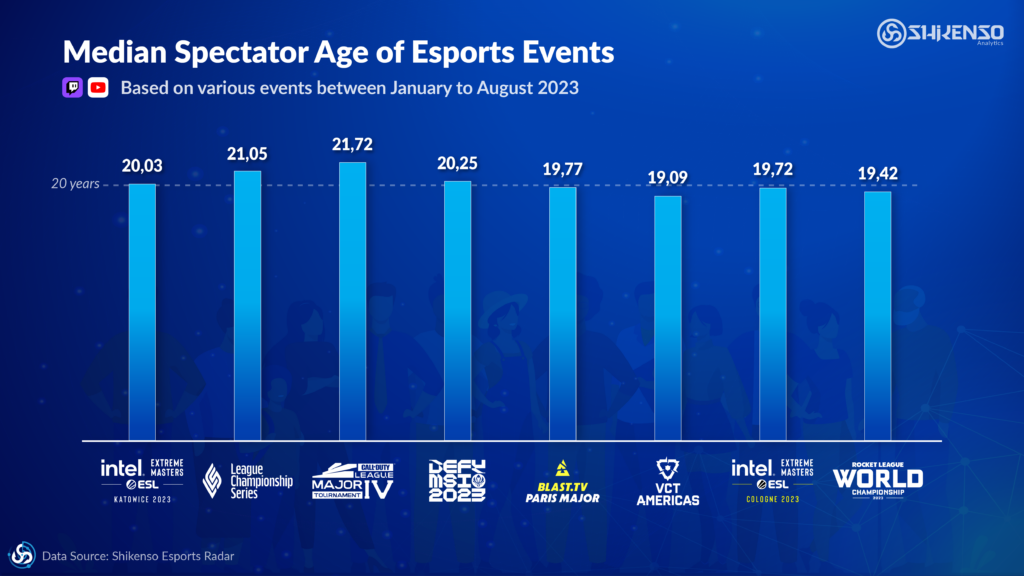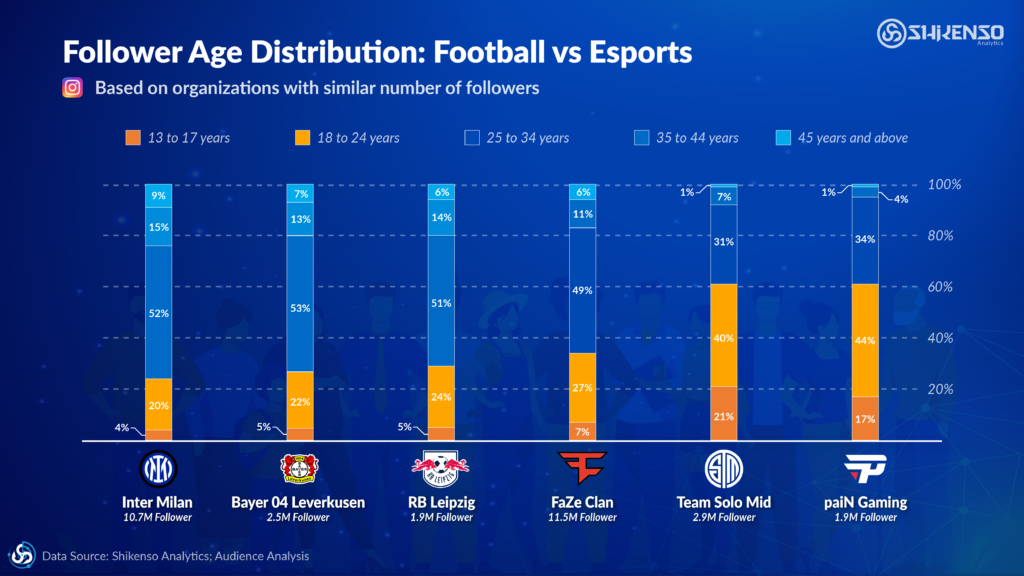Esports Series Part 2: A passionate, dynamic, and ever-evolving audience

Last week, we kicked off an exciting new series delving into the world of esports with Benedikt Becker of Shikenso Analytics. In our first article, we explored the esports landscape and the promising opportunities it presents for brand partnerships, which you can read here. Now, in the second instalment of our three-part deep dive series, we once again sit down with Benedikt to dive into the heart of esports: its audience. We'll unravel the unique characteristics that set the esports audience apart, including who they are, their engagement patterns, and the factors that drive their passion for this dynamic and ever-evolving sport. Join us as we embark on this journey to understand what makes the esports audience tick.
What makes the esports audience so unique?
Esports fans are not exactly a new breed. Gaming and esports enthusiasts have been around since the 60s and 70s. However, over the past 15-20 years, this community has experienced explosive growth. Their distinct characteristics have been shaped significantly by the fact that they are tech-savvy and digital natives. They seamlessly navigate between platforms and communities. What I love about it is the fact that language barriers, different religions, ethnicities, or time zone differences don't hold them back from tuning into live competitions. The fans are constantly engaged – they're not just passive viewers. Online, they engage in live chats, join groups, craft fan content, and actively shape the narratives around their favourite games, teams, and players. Offline, they pack major arenas globally, bringing games to life with electric energy!
What insights can you give us into the age demographics?
It's wrong to assume that only kids watch esports. For instance, in events like the LCS Spring Split for "League of Legends" and IEM Katowice for "Counter-Strike: GO," more than 90% of the viewers were above 18 years of age. Contrast that with events like the RCLS World championship for "Rocket League," where more than a third of the audience was below 18. Esports, by its very nature, appeals to younger audiences, especially Gen Z and younger millennial cohorts. However, it's fascinating to observe a contingent of older fans, many of whom were early adopters of gaming and have maintained their passion into adulthood. Brands should pay heed to these demographic insights, adapting their strategies to engage both the core and the expanding segments of the audience.

Picture: Median Age of viewers of different Esports Events in 2023 by Shikenso Analytics.
Is it right to say that esports appeals to a male audience only?
While it's true that historically, the esports audience has been predominantly male, the scene is not static. Across the board, data does show around 90% of male viewership. However, the tides might be shifting, and more women will not only be tuning into esports broadcasts but also actively participate in the competitive scenes. In recent times, publishers and tournament organizers have started to host female leagues. A quick search for "female esports 2023" brings up a range of events dedicated to female players. This emergence of female-centric competitions is a move in the right direction towards more inclusion in the industry. This shift also brings opportunities for brands, especially those looking to promote female-focused products. But it's not just about tapping into a new market segment but also about supporting and championing the rise of female gamers in the esports ecosystem.
What’s your outlook for esports audiences? And how important is it for brands to track them through analytics?
Before answering your question, I'd like to pose this to your readers: Over the next decade, where do you see viewership growing - in traditional sports or esports? Now, stretch that to thirty or fifty years. You probably guess where I'd stake my claim. This is largely because esports appeals to, engages, and wins over the younger generation from early on. And let us not forget to factor in the evolving gaming ecosystem with titles getting revamped, as seen with the forthcoming Counter-Strike 2 and brand-new games debuting, attracting new esports fans. This perspective becomes even clearer when analyzing the social media landscape. Consider Instagram, for instance. A comparison of the follower base and the age distribution among followers of football clubs versus esports teams unveils a stark contrast. While traditional sports might boast larger overall followers for now, esports is indisputably claiming the younger, digitally savvy audience. This younger demographic, poised to be future viewers and consumers, is increasingly aligning its loyalty with esports.

Picture: Football vs. Esports age distribution of Instagram followers of popular teams by Shikenso Analytics.
When it comes to data and tracking capabilities, it is to say that esports feels at home in the digital world. And in our digital age, data is king. Unlike traditional sports and their broadcasts where numbers are often based on estimates or middling averages, in esports we plug directly into platforms and get a real grasp of what's happening. Brands can gain insights into viewer demographics, brand affinities, behaviours, and more. These metrics are helpful for customizing brand messaging, measuring campaign efficacy, and understanding media value and ROI drivers. My ambition for brands is to win the sponsorship game. Remember that sponsorship success is not a feeling, it’s a measurable fact.
Stay tuned for the next segment with Benedikt, where we discuss the most crucial sponsorship KPI and best practices. We promise not to talk about feelings but about data.









